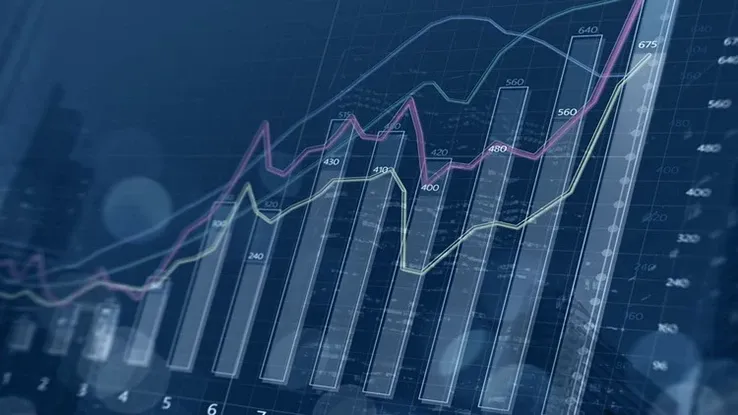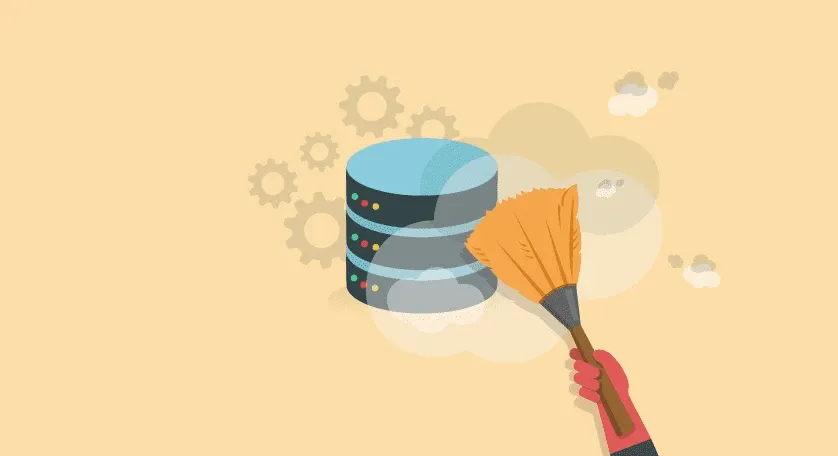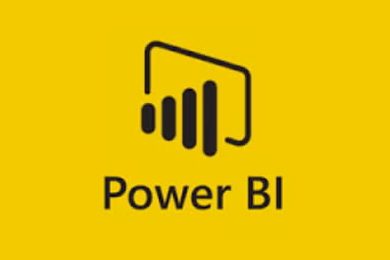This plan includes
- Limited free courses access
- Play & Pause Course Videos
- Video Recorded Lectures
- Learn on Mobile/PC/Tablet
- Quizzes and Real Projects
- Lifetime Course Certificate
- Email & Chat Support
What you'll learn?
- Data collection
- Data analysis
- Data presentation
- Data interpretation
Course Overview
Data, types of data, primary vs secondary data, qualitative vs. quantitative data, data collection, analysis, presentation, and interpretation
In fact, the step between the third and fourth steps (i.e., step +1) is dedicated to doing the research itself and collecting the intended data. At this step, by taking into account the information you have gained so far, make sure that the topic you have selected is ok and apply changes if necessary, and look for answers to those research questions. In the next phase (i.e., the drafting phase), you’ll be taught how to write each and every section of your research paper. Using real examples from previously published papers, you’ll be shown how you can write your paper. At this step, your supervisor and advisor will help you step-by-step in order for collecting and analyzing the intended data.
Some other parts will be added to this course and you'll learn how to collect, analyze, present, and interpret data from A to Z. In the rest of the course, you'll learn how to draw different types of figures and charts, based on the types of data you've collected.
This course is specifically useful for researchers and authors of research articles and thesis/dissertations.
Pre-requisites
- My other courses on 'how to write research papers'
Target Audience
- Academicians
- Researchers
- MA and PhD students
- Professors
- BA and BSc students
Curriculum 45 Lectures 03:30:06
Section 1 : Data
- Lecture 2 :
- Data: Definition
- Lecture 3 :
- Primary vs. secondary data
- Lecture 4 :
- Quantitative vs. qualitative data
- Lecture 5 :
- Quantitative data
- Lecture 6 :
- Qualitative data
Section 2 : Data collection
- Lecture 1 :
- Data collection: Definition
- Lecture 2 :
- Qualitative data collection
- Lecture 3 :
- Quantitative data collection
- Lecture 4 :
- Qualitative vs quantitative data collection
- Lecture 5 :
- Data collection instruments
- Lecture 6 :
- Validity vs. Reliability
Section 3 : Data analysis
- Lecture 1 :
- Data analysis: Definition
- Lecture 2 :
- Five types of data analysis
- Lecture 3 :
- 7 Data Analysis Methods and Techniques
- Lecture 4 :
- Two primary methods for data analysis
- Lecture 5 :
- Data analysis tools
Section 4 : Data visualization/presentation
- Lecture 1 :
- Data visualization/presentation
- Lecture 2 :
- Data presentation methods (Tabular, Textual, Graphical)
- Lecture 3 :
- Purposes of data visualization
- Lecture 4 :
- 4 + 1 basic presentation types
- Lecture 5 :
- Comparison
- Lecture 6 :
- Composition
- Lecture 7 :
- Distribution
- Lecture 8 :
- Relationship
- Lecture 9 :
- Trend
- Lecture 10 :
- Table, Figure or Text?
Section 5 : Tables
- Lecture 1 :
- Tables: Intro
- Lecture 2 :
- Table design
- Lecture 3 :
- Tables: Hints
- Lecture 4 :
- Tables: Checklist
Section 6 : Figures
- Lecture 1 :
- Figures: Do's
- Lecture 2 :
- Figures: Trend
- Lecture 3 :
- Figures: Relationship
- Lecture 4 :
- Figures: Distribution
- Lecture 5 :
- Figures: Composition
- Lecture 6 :
- Figures: Comparison
- Lecture 7 :
- Chart chooser
- Lecture 8 :
- Determine which chart to use
- Lecture 9 :
- Figures: Checklist
- Lecture 10 :
- Figure captions
- Lecture 11 :
- Figures, charts, graphs, maps, etc.
Section 7 : Charts
- Lecture 1 :
- Column chart
- Lecture 2 :
- Bar chart
- Lecture 3 :
- Pie charts or Donut charts
Our learners work at
Frequently Asked Questions
How do i access the course after purchase?
It's simple. When you sign up, you'll immediately have unlimited viewing of thousands of expert courses, paths to guide your learning, tools to measure your skills and hands-on resources like exercise files. There’s no limit on what you can learn and you can cancel at any time.Are these video based online self-learning courses?
Yes. All of the courses comes with online video based lectures created by certified instructors. Instructors have crafted these courses with a blend of high quality interactive videos, lectures, quizzes & real world projects to give you an indepth knowledge about the topic.Can i play & pause the course as per my convenience?
Yes absolutely & thats one of the advantage of self-paced courses. You can anytime pause or resume the course & come back & forth from one lecture to another lecture, play the videos mulitple times & so on.How do i contact the instructor for any doubts or questions?
Most of these courses have general questions & answers already covered within the course lectures. However, if you need any further help from the instructor, you can use the inbuilt Chat with Instructor option to send a message to an instructor & they will reply you within 24 hours. You can ask as many questions as you want.Do i need a pc to access the course or can i do it on mobile & tablet as well?
Brilliant question? Isn't it? You can access the courses on any device like PC, Mobile, Tablet & even on a smart tv. For mobile & a tablet you can download the Learnfly android or an iOS app. If mobile app is not available in your country, you can access the course directly by visting our website, its fully mobile friendly.Do i get any certificate for the courses?
Yes. Once you complete any course on our platform along with provided assessments by the instructor, you will be eligble to get certificate of course completion.
For how long can i access my course on the platform?
You require an active subscription to access courses on our platform. If your subscription is active, you can access any course on our platform with no restrictions.Is there any free trial?
Currently, we do not offer any free trial.Can i cancel anytime?
Yes, you can cancel your subscription at any time. Your subscription will auto-renew until you cancel, but why would you want to?
Instructor

19617 Course Views
13 Courses



 Tech & IT
Tech & IT
 Business
Business
 Coding & Developer
Coding & Developer
 Finance & Accounting
Finance & Accounting
 Academics
Academics
 Office Applications
Office Applications
 Art & Design
Art & Design
 Marketing
Marketing
 Health & Wellness
Health & Wellness
 Sounds & Music
Sounds & Music
 Lifestyle
Lifestyle
 Photography
Photography








.jpg?crop=smart&width=600&height=400)










